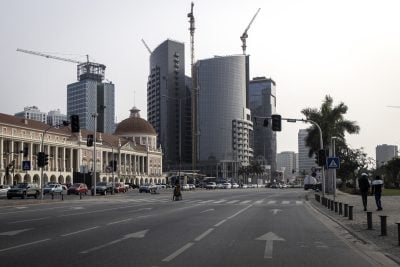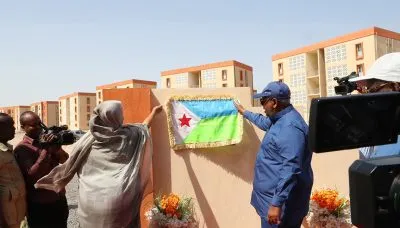The outcome
According to the World Bank, an additional 1.6m people in Senegalese cities now have access to safe water as a result of the completion of 140,000 new residential connections, which have been provided at subsidised rates, plus the supply of 400 public standpipes in other areas. By 2006, 76% of the urban population had access to clean water supplies and the country is now believed to have the high penetration rate in sub-Saharan Africa for urban water services.
In addition, most of the new water supply was not enabled by increased water collection but from water saved through reduced leakage. The proportion of water lost fell from 32% in 1996 to 19.8% in 2006.
Crucially in terms of public health, another 830,000 people have been provided with waste-water services. The incidence of waterborne diseases is reported to have fallen, while greater control of water resources could help to control malaria. SDE’s concession has therefore been extended.
ONAS is currently unable to operate on a commercial basis and requires government and donor support but, again according to the World Bank, SDE operates without subsidy. However, there is no information on whether the initial interest-free loans are now being repaid. Tariff increases have been kept to 3% a year but SDE has been able to increase its revenue by reducing the proportion of uncollected revenue from 22% to 2% by improving its billing systems. The Senegalese experience demonstrates that increased revenue does not have to mean significantly higher tariffs.
The IDA project focused entirely on towns and cities, while the situation for rural Senegalese has barely improved over the past 20 years. As a result, a far higher proportion of rural people are without access to safe water supplies than their urban counterparts.
The IDA spokesperson conceded: “Access to water needs to be expanded in rural areas. While close to 100% of Senegal’s urban population now have access to safe water, only 62% of those living in rural areas do, and only 17% of the rural population have access to improved sanitation. To achieve the Millennium Development Goals in Senegal, more than 3m rural people would need to gain access to safe water and sanitation.”
The government has set a series of targets in order to improve rural provision, including boosting rural access to clean water from 64% in 2004 to 82% by 2015; and increasing access to waste-water services from 17% to 59% over the same period.
Want to continue reading? Subscribe today.
You've read all your free articles for this month! Subscribe now to enjoy full access to our content.
Digital Monthly
£8.00 / month
Receive full unlimited access to our articles, opinions, podcasts and more.
Digital Yearly
£70.00 / year
Our best value offer - save £26 and gain access to all of our digital content for an entire year!

 Sign in with Google
Sign in with Google 


